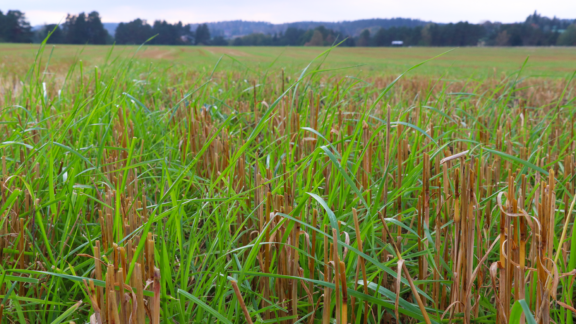Carbon farming practices can increase plant-available nitrogen in soil
Article: Do carbon farming practices build bioavailable nitrogen pools?
Authors: Mattila Tuomas, Girz Andrei, Pihlatie Mari
Journal: Soil use and management
Year: 2023
Agricultural soils contain large amounts of nitrogen (N), but only a small fraction is readily available to plants. Despite several methods developed to estimate the availability of nitrogen to plants, there is no consensus on which extraction methods to use, and which nitrogen pools are critically important.
In this study, six soil nitrogen pools from 20 farms were measured. The farms were part of Carbon Action research. The aim was to quantify the nitrogen pools and to evaluate if farming practices that aim to build soil carbon pools, also build plant-available nitrogen pools.
The measured total nitrogen pool in the studied depth of 0–30 cm was 7700 (± 1500) kg/ha, of which the plant-available nitrogen comprised 1063 (± 220) kg/ha. In total, the measured pools covered only 18%–44% of total nitrogen, indicating a large unidentified nitrogen pool, which is either tightly bound to soil mineral fraction or to undecomposed plant residues. In conclusion, carbon sequestration practices can build both slowly cycling nitrogen pools and increase the mineralisation rate of these pools to release plant available forms. Carbon sequestration practices had caused a notable difference in the plant nitrogen uptake. Carbon farming practices produce additional benefit to agriculture through reduced fertilizer application needs.



